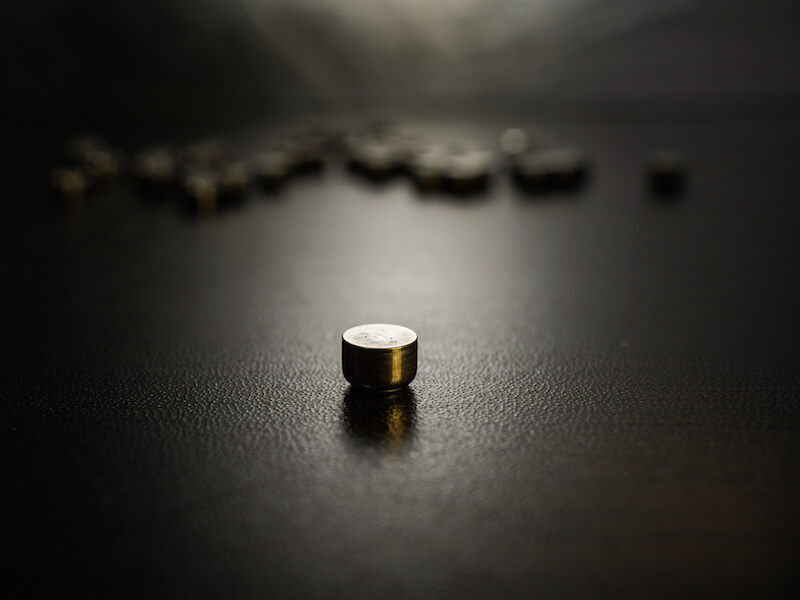
Contemporary technology has evolved the way we power electronics of every kind, from cameras to phones to music players. For years, those looking to manage hearing loss have hoped for a similar advancement, and the industry is finally realizing the promise of a robust rechargeable hearing aid battery.
Disposable hearing aid batteries have traditionally been the power source of choice amongst manufacturers, with size 312 batteries serving as one of the more common battery types. The most prominent form of this battery, now, is “zinc-ion”.
Disposable Hearing Aids Have a Downside
As the name would indicate, a zinc-air battery is impacted by the presence of air. When it comes to the 312 batteries used in a lot of hearing aids, the user needs to pull a little tab off the back of the battery before it’s activated and functional.
As soon as it is fully oxygenated, it starts to lose power. That means power is beginning to drain whether the user is ready for it or not.
The biggest downside to disposable batteries, for most users, is how short they last. With 312 batteries, the user could be replacing the batteries in their hearing aids about 120 times per year because they die in 3 to 12 days according to some reports.
That also means users may need to purchase 120 batteries, spend the time twice every week to replace them, and correctly dispose of each. From a cost perspective alone, that likely equals over $100 in battery purchases.
Rechargeable battery Advancements
Rechargeable hearing aid technology has progressed to the point where it’s now a practical solution and that’s good news for individuals who use hearing aids.
Studies have demonstrated that most individuals overwhelmingly prefer to wear rechargeable hearing aids. Until now these models have historically struggled to supply a long enough charge to make them practical. But today’s rechargeable batteries will last all day without requiring a recharge.
Rechargeable batteries won’t save users significant amounts of money, but they will improve their quality of life.
In addition to providing 24 hours of charge time, these new models result in less frustration for the user, since there’s no more swapping and properly disposing of batteries. They just need to put the battery on the charger.
A disposable battery nearing the end of its life simply can’t operate at full capacity. And you can’t determine how near the battery is to quitting. So the batteries might die at the precise moment that a user needs them the most which might even put them in peril. A dead battery will not only lead to a safety hazard, it could cause the user to miss key life moments.
Hearing Aids Come in Different Types
There are distinct benefits to each of the different materials that rechargeable batteries are constructed from. The ability to maintain a charge for 24 hours is one reason why integrated lithium-ion batteries are one practical option that manufacturers provide. You might be surprised to know that this same type of technology is what charges and powers your cellphone.
Silver-zinc technology is another material used for modern rechargeable hearing aids. This revolutionary technology was originally manufactured for NASA’s Apollo moon missions. With this technology, even your current hearing aids can probably be updated to run on rechargeable batteries. Just like lithium-ion, silver-zinc can also supply enough power to last you all day.
There are also models that let you recharge the hearing aid without taking out the battery. For these, users will slip the entire hearing aid on a charging station when they sleep or at another time when the hearing aid is not in use.
While each of these rechargeable strategies offers substantial benefits over disposable batteries, each approach should be properly vetted to get a complete picture and to see if it’s best for you.
Take a look at our hearing aid section if you’re searching for more information about what battery would be best for you or any other info about hearing aids.

